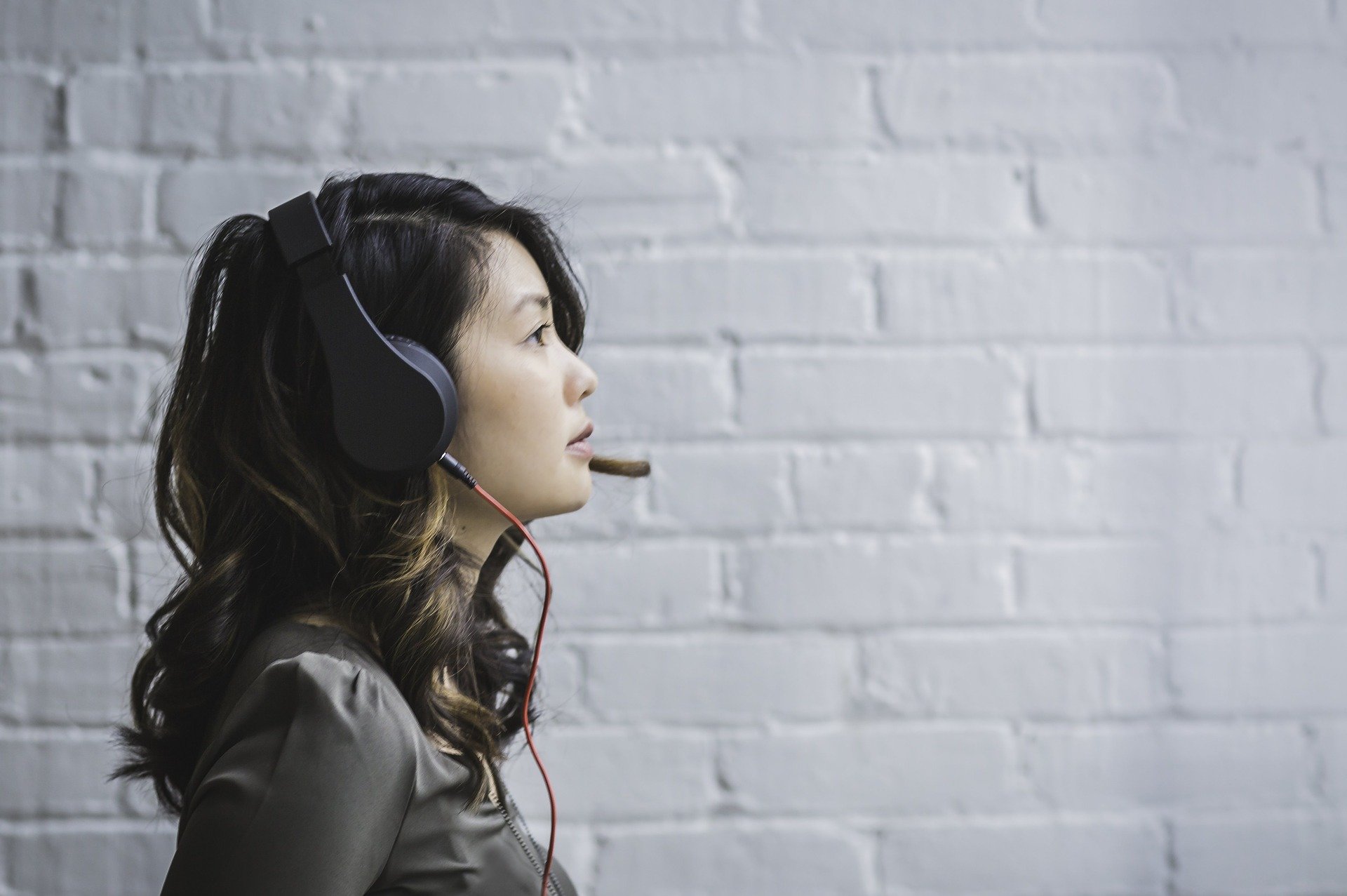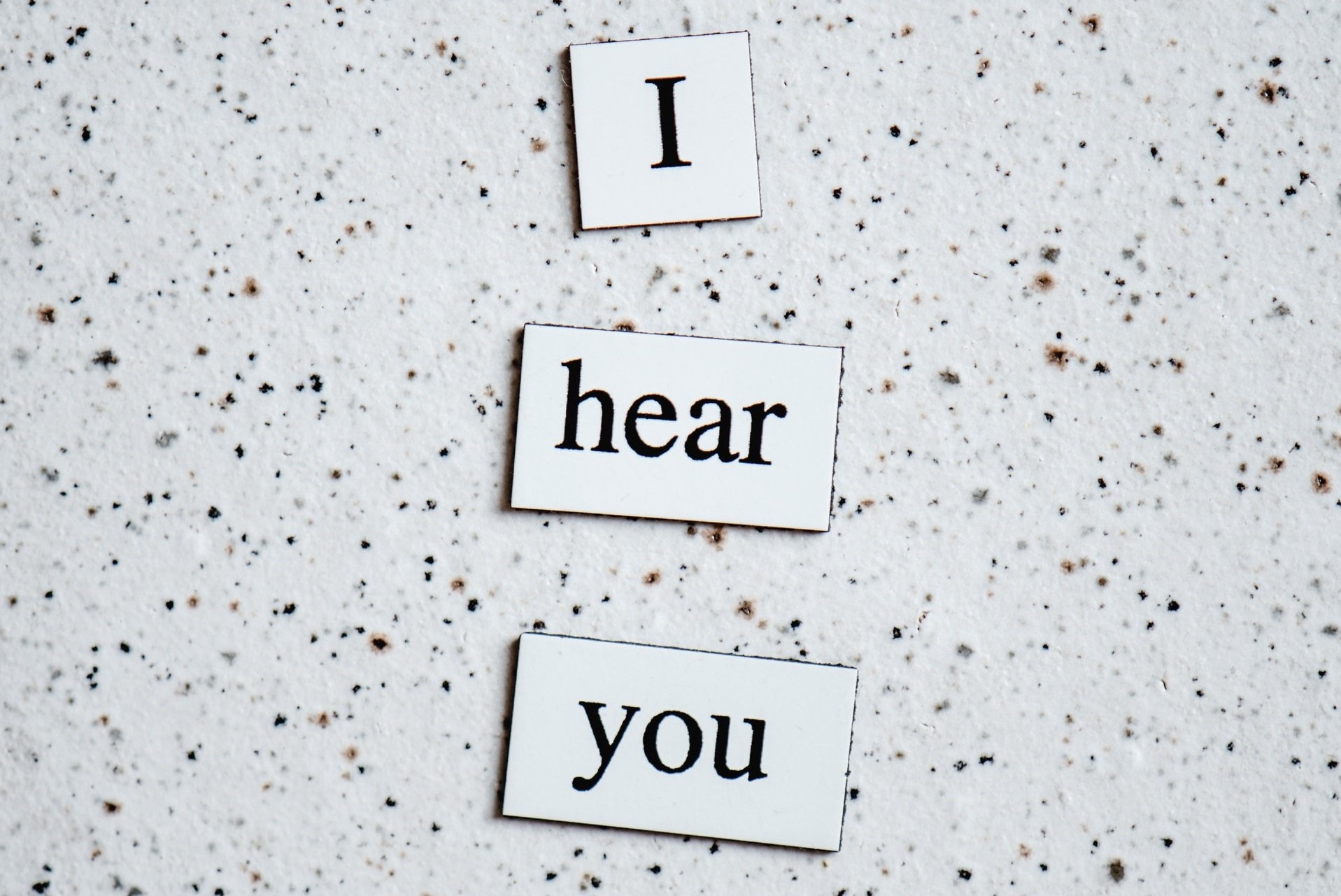
Hearing loss is a surprisingly common condition, in fact, approximately 15% of American adults aged 18 and over report some sort of trouble hearing. It can be temporary or permanent, develop gradually or happen suddenly, and can occur in one or both ears.
Although anyone can have hearing loss, it’s useful to note that age is the strongest predictor of hearing loss among adults. Between those aged 20 – 69 years old, the greatest amount of hearing loss affected those aged 60 – 69. While we’re discussing risk factors, it might surprise you that men are actually almost twice as likely as women to have hearing loss in the 20 – 69 age range.
There are many more risk factors and causes of hearing loss, which we’ll explore in this article.
Contents
- 1 What are the Main Causes of Hearing Loss?
- 2 How to Recognize the Symptoms of Hearing Loss
- 3 Why does Hearing Loss Sometimes Only Happen in One Ear?
- 4 Can You Cure Hearing Loss?
- 5 How the Modern Age is Changing Hearing and Hearing Impairment
- 6 What Can You Do to Protect Your Hearing
- 7
- 8 Useful resources for more information
What are the Main Causes of Hearing Loss?
Astoundingly, over six percent of the world’s population live with disabling hearing loss. The causes of hearing loss can either be congenital (hearing loss present at birth) or acquired (occurring at any age).
Some common causes of hearing loss include:
Congenital Symptoms
- Severe jaundice in the neonatal period
- The inappropriate use of particular drugs during pregnancy (aminoglycosides, cytotoxic drugs, antimalarial drugs, and diuretics)
- Maternal rubella
- Low birth weight
- Birth asphyxia (a lack of oxygen at the time of birth)
Acquired Symptoms
- Aging
- A buildup of earwax (which can be easily removed)
- An ear infection
- Exposure to very loud noise (a frequent cause of sudden hearing loss)
- Certain medications (hearing loss may disappear after you stop taking it)
- A perforated (burst) eardrum
- Disease and illness (such as Ménière’s disease)
- Head Injury or tumors
Gradual hearing loss can be a result of ‘glue ear’ (otitis media with effusion), a bony growth (otosclerosis), or a build-up of skin cells (cholesteatoma), though these conditions often lead to hearing loss in only one ear.
The main causes of gradual hearing loss in both ears are aging (the percentage of those affected by hearing loss over the age of 50 rises to 40% in some countries) and exposure to loud noises over many years (particularly common amongst those who have worked careers in noisy environments).
This list is certainly not exhaustive but should give you an idea of the various causes and conditions that lead to hearing loss. Sometimes an exact cause won’t be identifiable, but if you are finding it difficult to hear in some situations, you should make an appointment with your doctor to have a medical examination and hearing test.
Your hearing loss might be due to an underlying curable condition that requires prompt medical treatment, it might be symptomatic of a serious medical issue, or your hearing loss might not have an unidentifiable cause. Nevertheless, seeing a specialist will get you a proper diagnosis and the best treatment for your individual case.
How to Recognize the Symptoms of Hearing Loss
Some people take a long time to recognize the symptoms of hearing loss. It’s easy not to realize the extent of your hearing problems, especially when they develop gradually over time.
There are a few things to watch out for. For example, if you start to experience difficulty hearing other people clearly and in noisy environments, find yourself constantly asking people to repeat themselves, having to concentrate hard to understand what people are saying, and needing to listen to music, the radio, and TV on a loud volume, these are all signs of hearing loss.
If you have hearing loss in one ear, the signs may be different and can include struggling to identify where a noise is coming from, and having significantly worse hearing when sound comes from one side.
Your child might have hearing loss if they are slow to learn how to speak, talk loudly, don’t reply when you call them, ask you to repeat yourself often, or respond inappropriately to questions.
If you have other medical symptoms, these might link to the cause of your hearing loss and point to an underlying health condition. Remember to report these to your doctor.
Why does Hearing Loss Sometimes Only Happen in One Ear?
Sometimes hearing loss can occur in one ear from something as simple as a buildup of earwax or an ear infection.
However, injury to the ear, some illnesses, certain drugs (for example, chemotherapy drugs, diuretics such as furosemide, salicylate toxicity from aspirin, antibiotics (e.g. streptomycin and tobramycin), a blockage of the ear, a head injury or a tumor can also cause unilateral hearing loss.
Can You Cure Hearing Loss?
If your hearing loss is caused by a curable underlying medical issue or a simple wax buildup or infection of the ear, it will be treatable with the appropriate medication and treatment.
If you have a serious health condition such as a head injury or tumor this will complicate things further.
If your hearing loss has developed gradually with age, it is likely a result of hair cell damage (when the tiny hair cells in your ear are damaged or die). As this damage is irreversible, your hearing loss will be permanent. Nevertheless, incurable doesn’t mean untreatable, and a fitted hearing aid may be able to significantly improve your symptoms.
How the Modern Age is Changing Hearing and Hearing Impairment
As technology has advanced over the years, so have methods of managing hearing impairment.
Work environment
Now we know about the danger of loud workplaces causing permanent ear damage and have protective legislation for employees, there are various safeguards in place for employees in high-risk industries. This is a step in the right direction, but there is still more to be done.
Entertainment
Many still view the entertainment industry as a forgotten area when it comes to health and safety. This is unsurprising in an industry where noise is deliberately created for enjoyment. Employers still need to do more to impose limits on noise exposure, respect protective legislation regarding their employees, assess their noise risks, and provide their employees with information, training, and protective equipment.
Technological devices
In this day and age, it’s hard to think of life without the various technological devices that for many people have become absolute necessities. Many professional workers are constantly on their laptops and wired up with their headphones (even more so since the start of the COVID-19 pandemic). As we are communicating with others through these devices more and more, it’s more important than ever to spread awareness of the risk of hearing loss and promote proper usage.
What Can You Do to Protect Your Hearing
To protect your hearing, make sure that when you’re listening to music or the television you’re listening at an appropriate volume and use ear protection at loud concerts and events. Don’t insert objects into your children’s ears (or your own), wear ear protection (ear defenders) if you have a particularly loud workplace, and vented earplugs if you are a musician.
Useful resources for more information
To read more about hearing loss, see our other blog posts.
The information in this guide has been written using the following reliable sources:
https://www.mayoclinic.org/diseases-conditions/hearing-loss/symptoms-causes/syc-20373072#
https://www.asha.org/public/hearing/Causes-of-Hearing-Loss-in-Adults/
https://www.hearinglink.org/your-hearing/causes-hearing-loss/
https://www.nhs.uk/conditions/hearing-loss/
https://www.who.int/health-topics/hearing-loss#tab=tab_1
https://www.ageuk.org.uk/information-advice/health-wellbeing/conditions-illnesses/hearing-loss/








